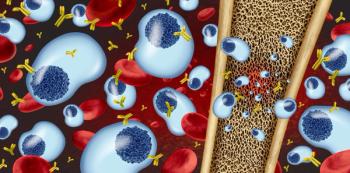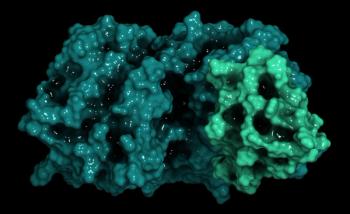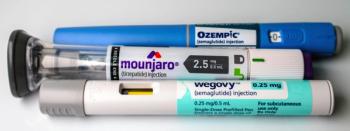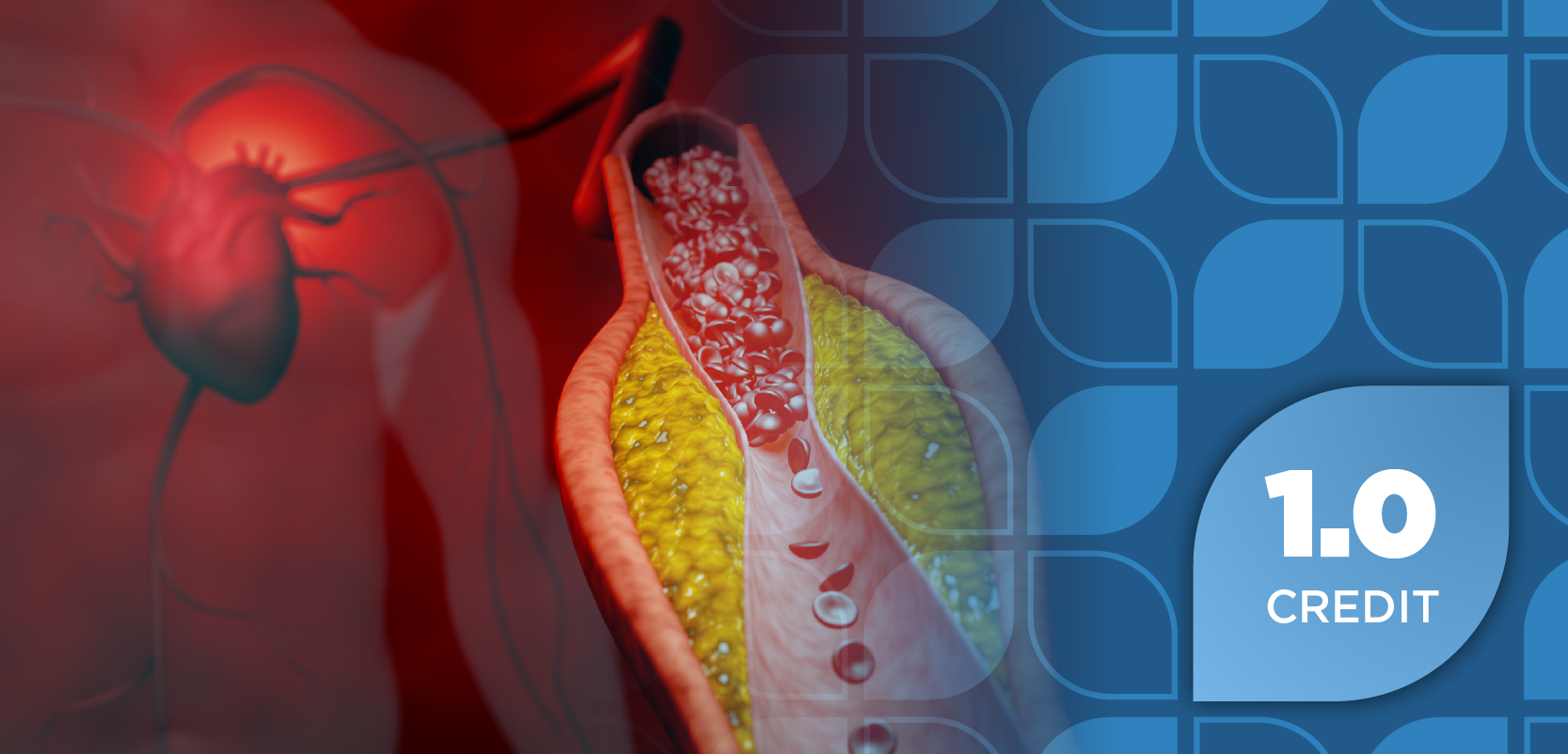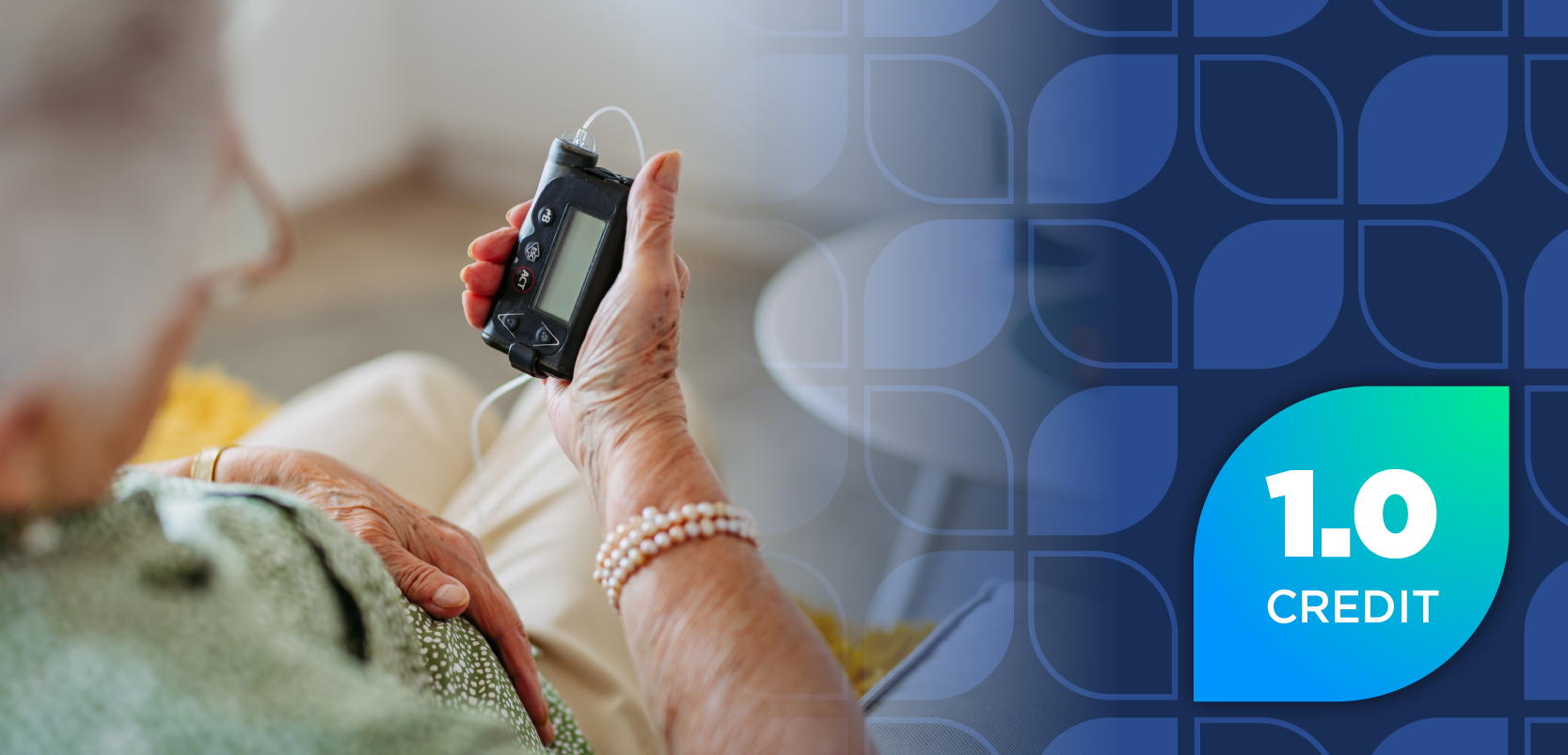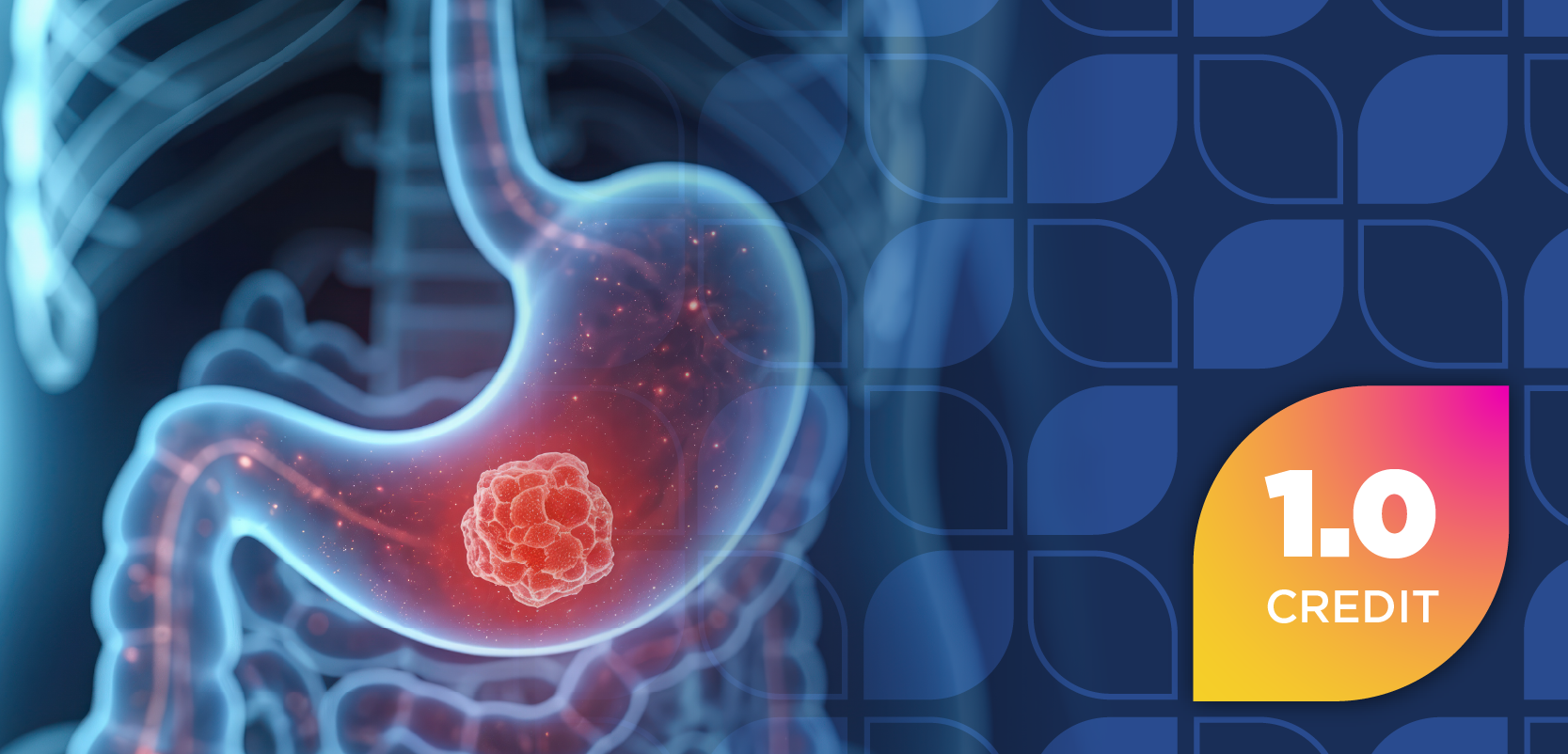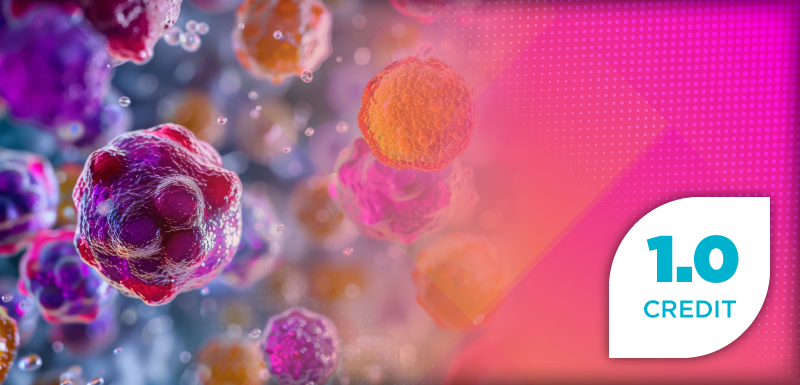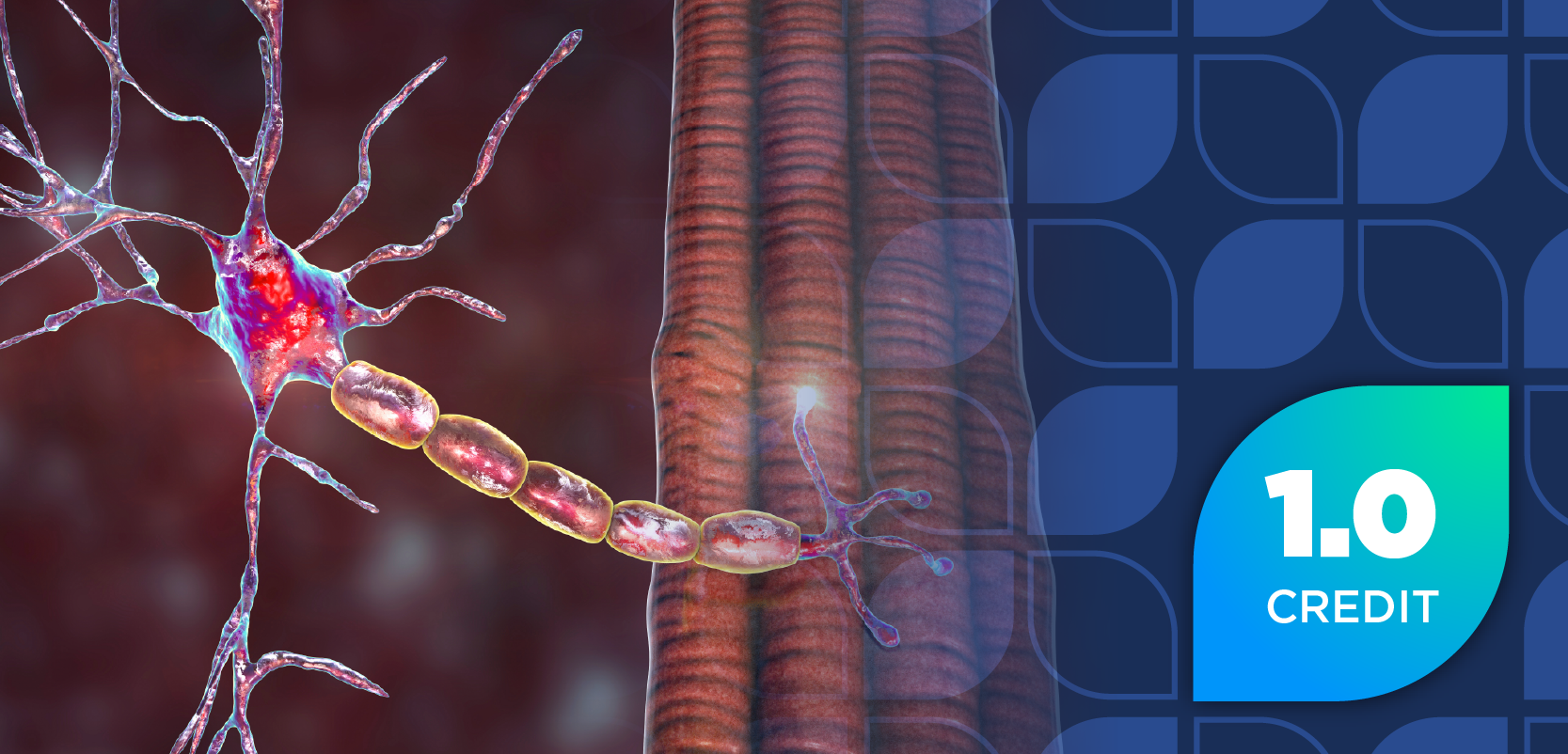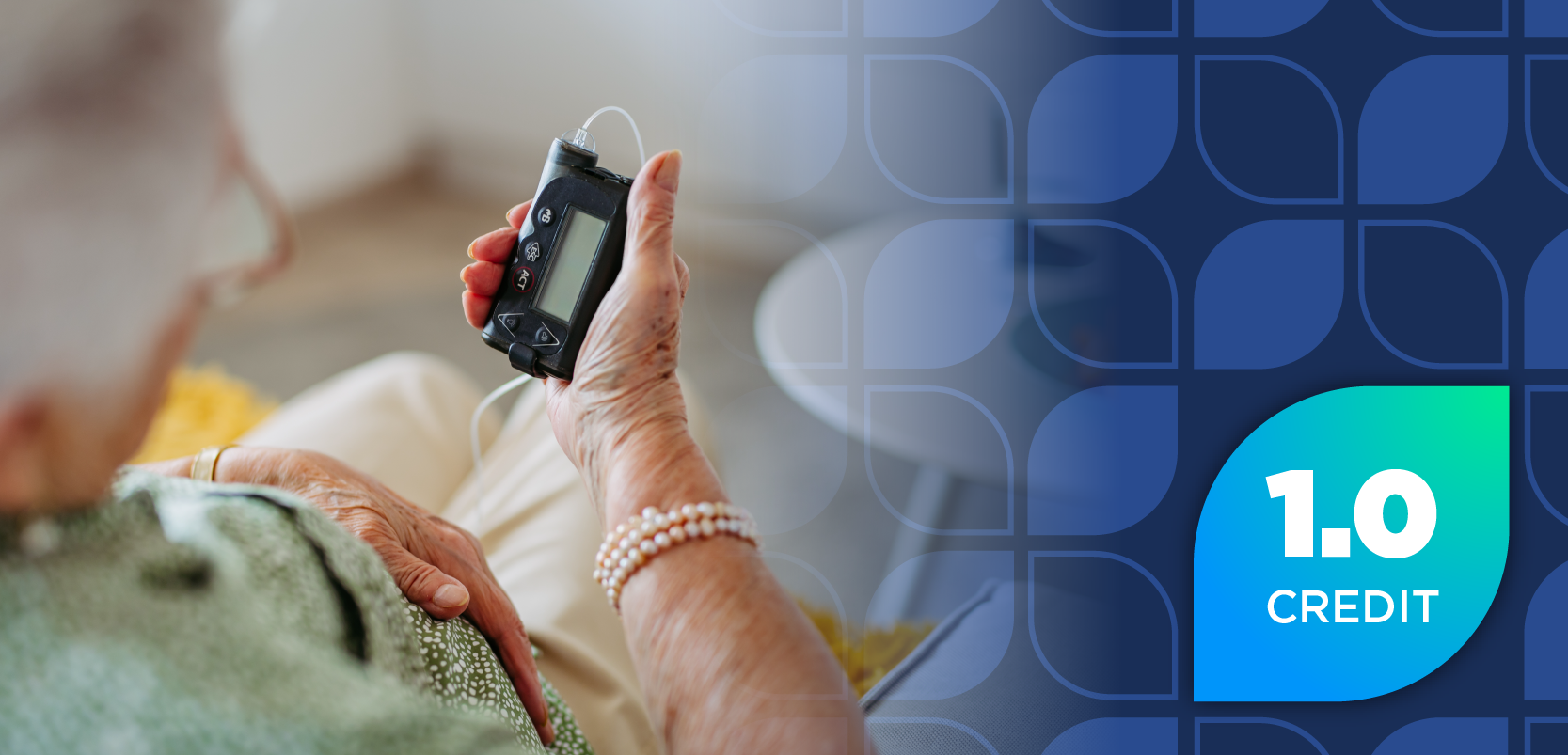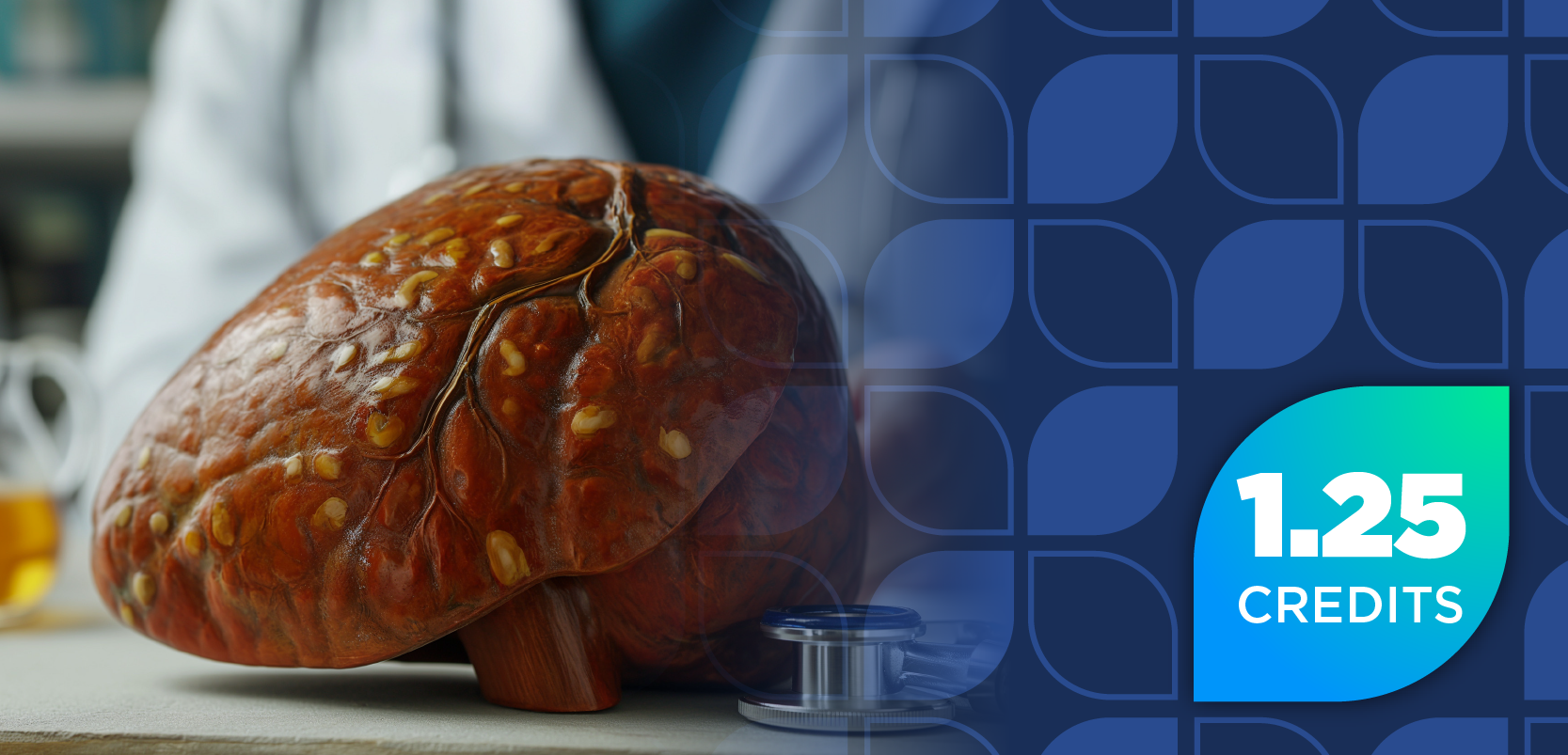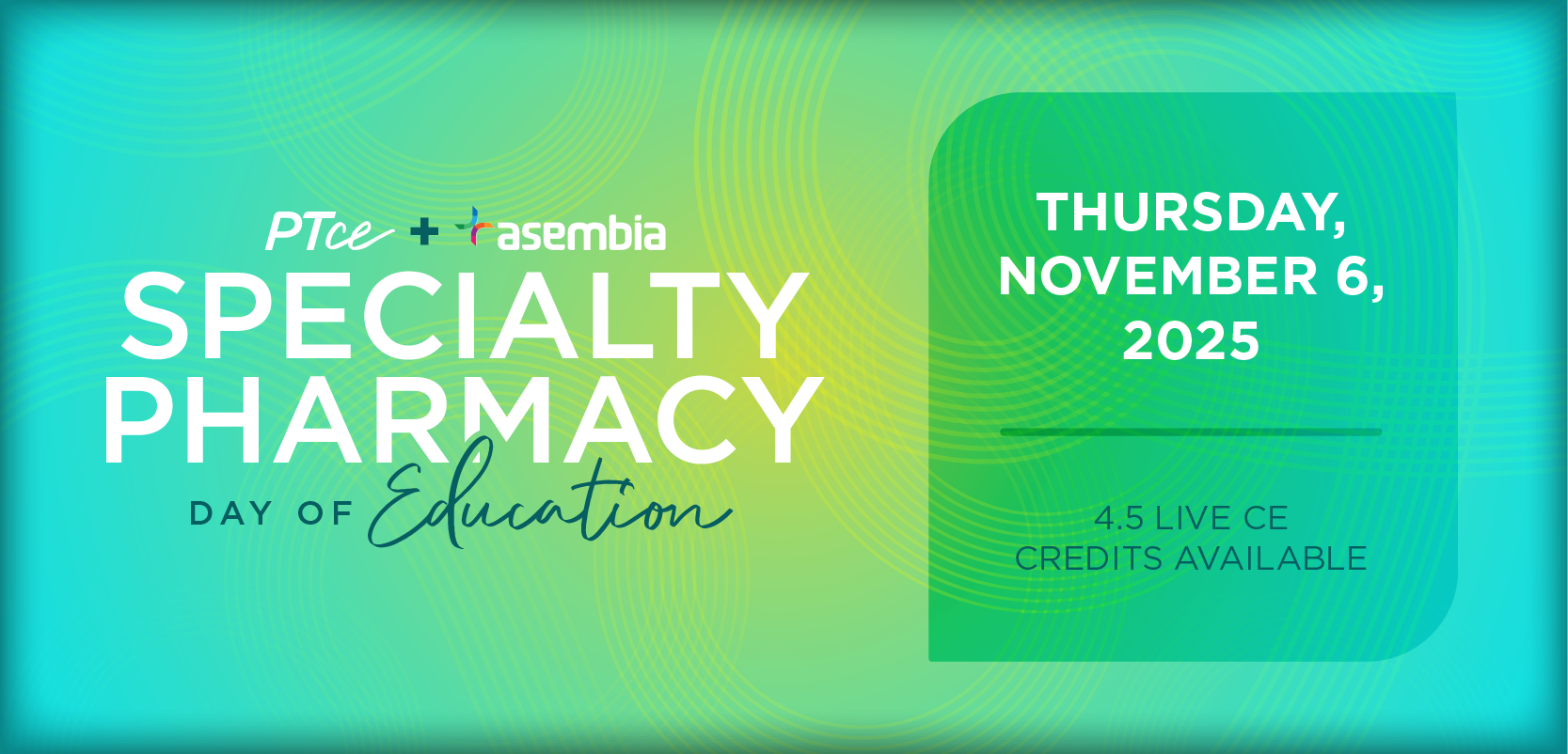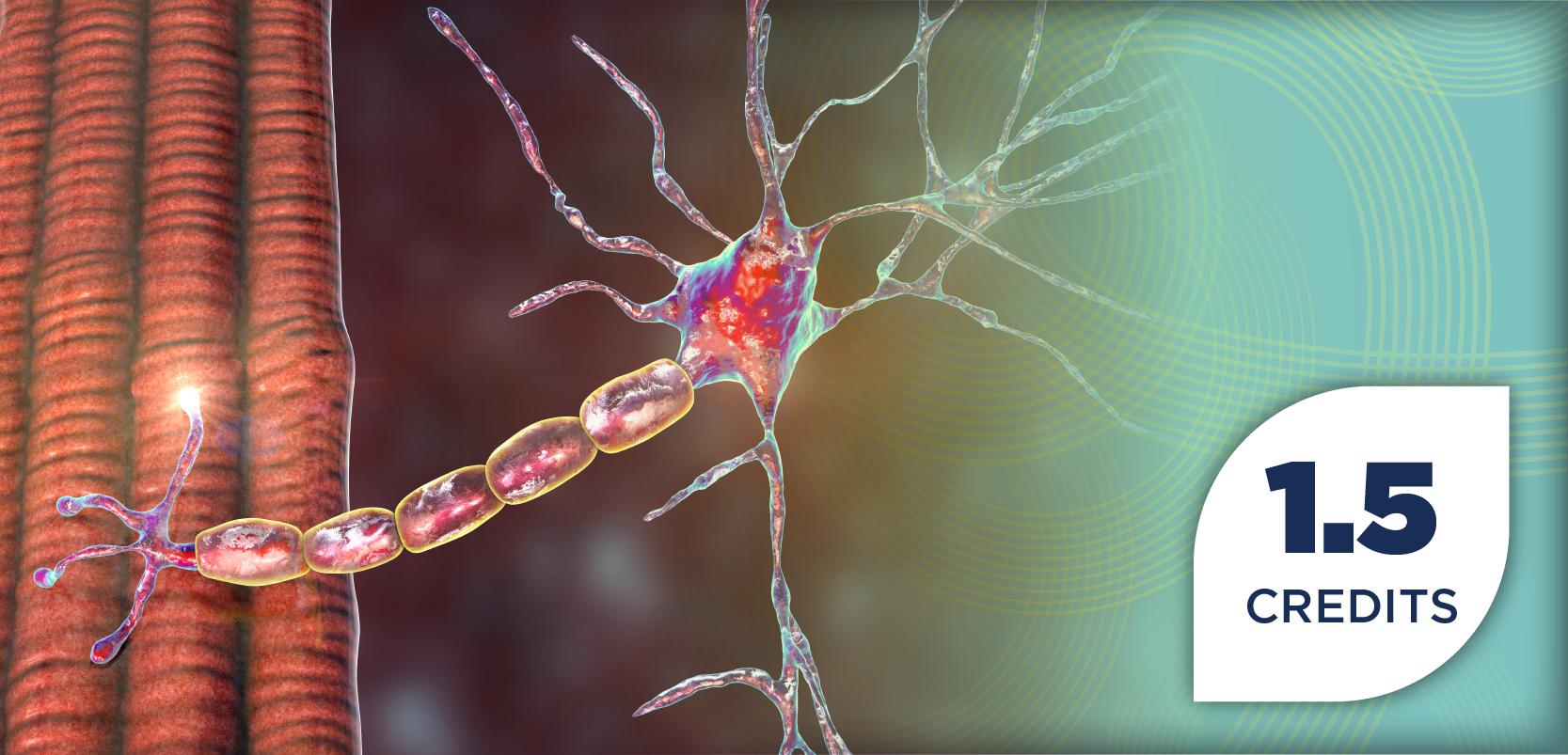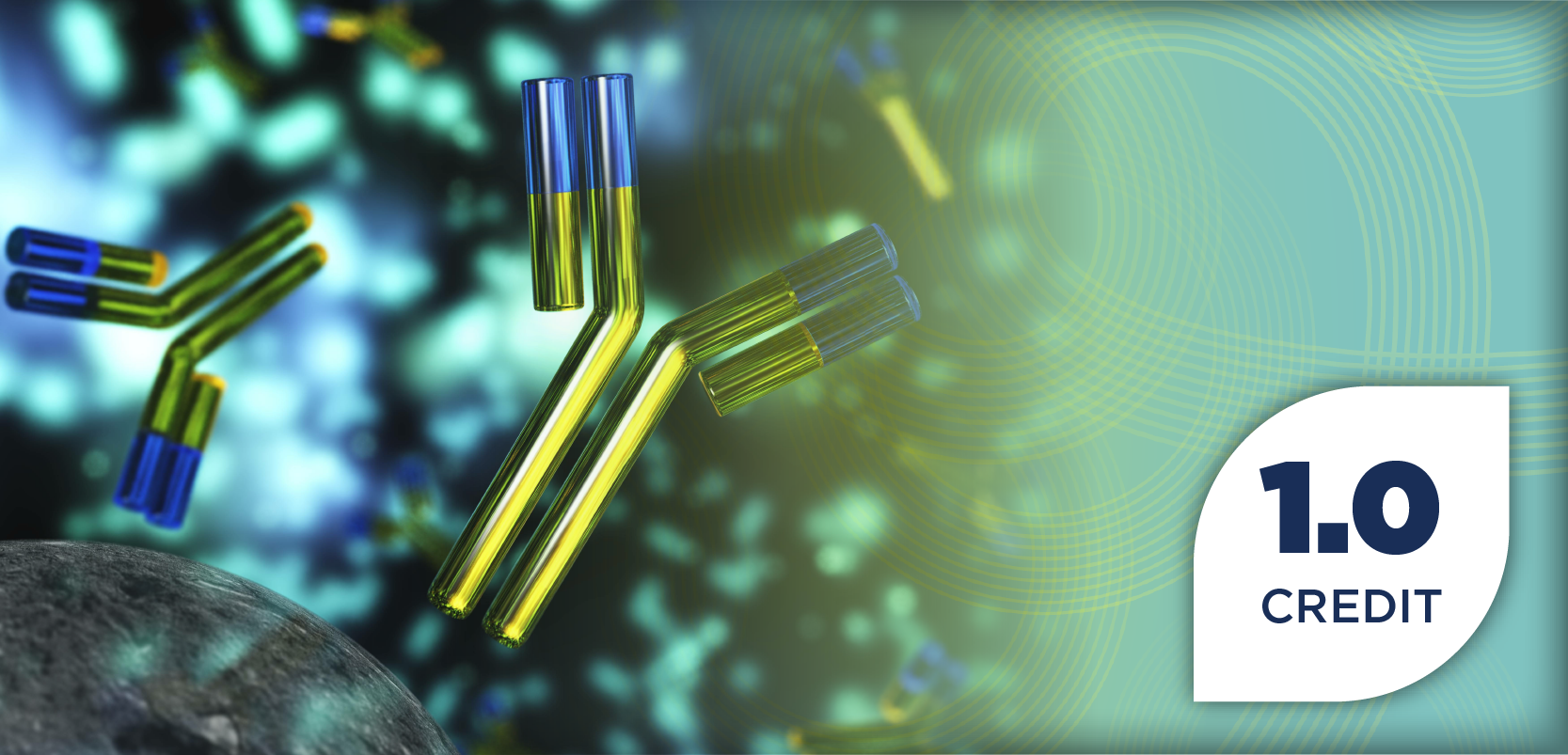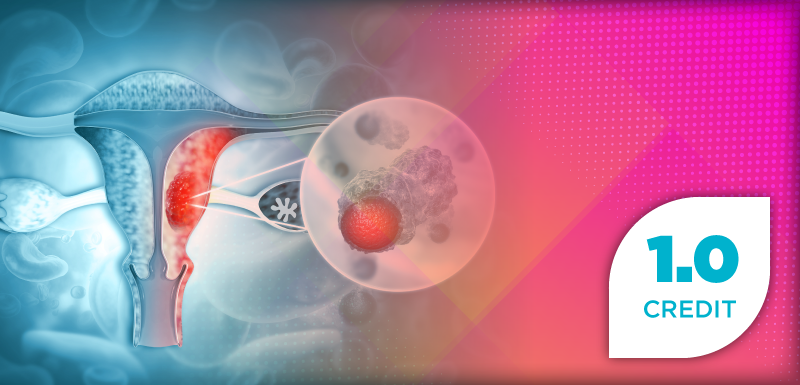
Precision Oncology in Focus: ctDNA's Role in Colon Cancer Management
Sasha Watson, PharmD, BCOP, discusses the emerging role of circulating tumor DNA (ctDNA) in colon cancer, highlighting its potential to enhance precision oncology by improving early detection, guiding adjuvant therapy decisions, and monitoring disease recurrence and treatment resistance.
Pharmacy Times® interviewed Sasha Watson, PharmD, BCOP, an outpatient medical oncology clinical pharmacist at Sylvester Comprehensive Cancer Center at the University of Miami Health System in Florida, about her presentation titled “Clinical Utility of ctDNA in Colon Cancer: Enhancing Precision Oncology” at the NCODA Spring Forum in Denver, Colorado.
Watson discusses the clinical utility of circulating tumor DNA (ctDNA) in colon cancer and its potential to revolutionize precision oncology. She explains that ctDNA, a form of liquid biopsy from blood samples, offers a less invasive and potentially earlier method for detecting and monitoring cancer compared with traditional approaches. Although not yet standard practice, ctDNA shows strong prognostic value, particularly in identifying minimal residual disease (MRD) post surgery, and may guide treatment decisions such as the need for adjuvant chemotherapy. Ongoing research aims to address current limitations in sensitivity, cost, and integration into clinical workflows, with hopes of ctDNA becoming a more widely adopted tool across all stages of colon cancer care.
Pharmacy Times: How can ctDNA be used to guide treatment decisions in colon cancer?
Sasha Watson, PharmD, BCOP: Circulating tumor DNA, also known as ctDNA, is really this new tool that we have available, and it's essentially a liquid biopsy. What that means is, typically, it's measured from a blood sample to look for any DNA that's being shed into the bloodstream from the cancer or tumor. So, there [are] many different platforms available and in development; some of them can report a numeric value of cancer levels, some report mutations, etc. But anyway, there [are] many different platforms in development, most of which are currently blood sample[-based]. So, the major benefit that this offers is a less invasive option to detect cancer, for example, compared to doing a biopsy, which is very invasive for patients to undergo. And the ctDNA testing may potentially pick up disease before it might even be visible on imaging.
So, the utilization of ctDNA is not currently standard of practice, but it appears very promising, and is, of course, a hot topic right now. So many cancer centers, including my own, have started using ctDNA in conjunction with other standard monitoring tools, including imaging CEA tumor marker levels, and, of course, going off of patient signs and symptoms. ctDNA is being explored in many different settings for colon cancer, including screening for cancer, so in patients [who] might not even know if they have any cancer. [ctDNA is] also being tested to look for minimum residual disease, or MRD, after surgery, and that can help us guide adjuvant treatment and later on for disease surveillance. And then [ctDNA is] also being studied and utilized in the metastatic setting to monitor for response to treatment. So, the majority of the promising data and studies with ctDNA are in the adjuvant setting after surgery to detect MRD, and this will potentially help us guide the need for adjuvant treatment. So ctDNA really is being explored all over the place right now, in patients [who] don't have cancer or don't know they have cancer, and then in terms of colon cancer, using it to help us, you know, monitor and guide treatment.
Pharmacy Times: What are some advancements in the acknowledgement of the role in ctDNA in detecting MRD and predicting recurrence?
Watson: With what we know so far, the use of ctDNA as a marker of MRD appears to be highly prognostic. We know that patients with positive MRD by ctDNA have a higher recurrence risk, unfortunately, and then patients with negative MRD testing, when examined by ctDNA, have a lower recurrence risk and overall better clinical outcomes. So ctDNA does appear to be highly prognostic right now, but the underlying issue is that we still need better treatment options for patients [who] end up being MRD-positive after surgery. So, we know that these patients tend to have worse outcomes, and giving standard chemotherapy may or may not help in these situations. And a lot of studies are ongoing to see in this population what we can do [with] new treatments. We can develop how we should manage these patients, really to help improve outcomes in both patients [who] are MRD negative and MRD positive after surgery.
Pharmacy Times: How does ctDNA testing compare to traditional biomarkers in colon cancer monitoring?
Watson: So, the real benefit with ctDNA is that it's much more specific than CEA. CEA is a nonspecific marker that is elevated in the percentile ranges, but typically anywhere from 50% to 70% or 80% of patients with colon cancer. Not everyone expresses it, and even those that do express CEA, it's not always very representative of disease control. It can also be affected by other reasons such as liver dysfunction, infection, diarrhea, etc. The issue is that not everyone expresses it, and for some patients, it's really not an accurate representation of the disease control. Another key benefit with the ctDNA is that it can also be performed more frequently and may pick up disease before it can be seen on imaging or reflected by CEA levels.
Pharmacy Times: What are the limitations of ctDNA in colon cancer management, and how can they be addressed?
Watson: I'd say the major limitation now is that we just don't really know enough yet in order for ctDNA to fully guide treatment decisions and be standard of care practice. But, thankfully, there's a lot of ongoing research to better our understanding and management of colon cancer using these tools. So, it's really, really promising. A lot of people are already using it, but it seems like we still need to learn a little bit more to perfect the art of using ctDNA to guide colon cancer treatment. And for some patients, it's not a reliable marker, so it's not perfect in every setting or every patient right now. And the specificity is very high with ctDNA, which is great, but the sensitivity is not perfect yet. So, you can still have some patients [who] have false positives. And, of course, if a patient has a false positive, when they really don't have any disease burden, that can lead to unnecessary treatments and also added patient anxiety.
Pharmacy Times: How can ctDNA analysis help identify patients who may benefit from adjuvant chemotherapy?
Watson: Currently in this setting there are mixed results on whether or not we can avoid adjuvant chemotherapy in patients with MRD negative results based on ctDNA after surgery. In a perfect scenario, we could find out that a patient is MRD negative, and we can say, “You don't need any chemotherapy, no [adverse] effects. Great, we'll put you on surveillance.” So, once we learn more, I think this would be a huge advancement to avoid the unnecessary chemotherapy treatments and help prevent [adverse] effects that can be permanent, sometimes, like the neuropathy. But I'd say that we don't necessarily have a final answer yet based on the trials that have been published. And again, the issue is that we also need better treatments and management for patients [who] are MRD positive after surgery.
So, the DYNAMIC study is the major positive study so far. This was a study done in stage II colon cancer patients, and they were randomly assigned to ctDNA-guided adjuvant chemotherapy approach vs the standard approach. In the ctDNA-guided approach, patients [who] were positive received adjuvant chemotherapy, and those [who] were negative just went right to surveillance. And then in the standard approach, it was giving adjuvant chemotherapy if they have typical high-risk features. So, in the DYNAMIC study, they found that the ctDNA-guided treatment management was noninferior, essentially the same outcomes as the standard approach at 2 years.
And then, more recently, they've published 5-year outcomes. The primary end point was recurrence-free survival, so that was really a great finding. And another outcome that they published is that using the ctDNA-guided treatment approach resulted in less adjuvant chemotherapy use vs the standard approach. And we can infer this to show that this should lead to [fewer adverse] effects in patients from treatment, and also overall patient quality of life, if we are able to have the same outcomes and avoid adjuvant chemotherapy in some patients. And then there are a few other trials that have been published, such as the INTERCEPT and COBRA trials. But, overall, I'd say there are some conflicting results, and it's hard to say for sure if ctDNA is ready to use to guide adjuvant treatment after surgery,
Pharmacy Times: How might ctDNA testing influence the selection of targeting therapies for colon cancer?
Watson: Some of the platforms are able to pick up mutations like KRAS that are being shed into the bloodstream from the tumor. This is a great advantage, as opposed to testing for mutations on a typical invasive biopsy. And, of course, in colon cancer, we now have many different targeted treatments available, such as for KRAS G12C, BRAF V600E, HER2, some less common ones as well, like NTRK and RET. So being able to pick up these mutations on ctDNA is another huge advantage for other patients. We know that KRAS wild-type tumors are more responsive to EGFR inhibitors. So, if we can test that on ctDNA, that's another treatment option that is opened up. ctDNA can also test for tumor mutational burden, or TMB, microsatellite instability, or MSI, also to help guide the use of potential immunotherapy. So, the real benefit is that, as opposed to testing on another biopsy, again, it's much less invasive. And because of that, it also opens up the opportunity to retest for mutations instead of having to get a brand-new biopsy every time. I know different centers are using this in different ways, but potentially over time you could repeat a new ctDNA test to check if the mutations on the tumor have changed to help open up other treatment options in patients.
Pharmacy Times: What are some challenges related to the integration of ctDNA testing into routine oncology practice?
Watson: I'd say there are a few practical limitations, including coordinating with your laboratory services. There's also added clinical workload, and, also to keep in mind is the cost of testing. Coordinating with the lab has been a huge thing that I've seen in our clinic, so is it going to be the lab testing and collecting these samples and following up? Are you going to do them in clinic? Are you going to send them to an external lab? Some patients can get these drawn at home, as well. So that's something, who's going to actually be testing this in patients. And then some ctDNA platforms also are going to require a sample of the initial biopsy tissue. Some platforms are tumor informed, and in those cases, you're going to have to have someone from pathology send off some of the original slides to help compare it when testing for ctDNA. And then you're also going to need staff to keep up with the results of these orders and follow up on the status. You know, you might have a patient who sent this 8 weeks ago. What's going on? Essentially, we already know that cancer centers are very busy, and so there is some added workload of who's going to be managing this, who's going to follow up on the outcomes, how are these tests being reported? I know a lot of them are trying to be integrated into the [electronic medical record], so that might happen in the future, so that we're able to see the results on every patient, and then, of course, the cost of testing. So, some insurances might not be covering the cost of testing ctDNA right now.
Pharmacy Times: What are the future directions for ctDNA in colon cancer, including its potential role in early detection and treatment resistance monitoring?
Watson: A lot of different trials are ongoing to help utilize ctDNA testing for colon cancer screening and, really, to optimize the sensitivity and specificity for screening. So, this would be a huge advancement and hopefully help us overcome some of the poor adherence rates to the current guideline recommendations for screening with your typical colonoscopy. And then we also have the fecal stool tests, as well, but those also aren't super accurate. And…I think the rates are showing that a lot of patients just don't want to do the colonoscopy. Even for me, recently, I had to convince my own parents to undergo their long overdue colonoscopy screenings, and I think the truth is that a lot of patients maybe don't know the importance of completing their routine screening for colon cancer, or some might have nagging children, but still choose not to do the colonoscopy with the preparation, the scheduling, the invasiveness of the procedure, etc. And again, our other current options are the fecal testing platforms; they're less invasive, but the sensitivity and specific specificity really aren't optimal, either. Many patients might end up needing a colonoscopy if these end up being a positive or negative result. It could potentially be a false negative, as well, and miss a new diagnosis. So, with really this lack of patients doing their colonoscopies as recommended, I think if ctDNA is able to be used for cancer screening, specifically colon cancer screening, that'll be a huge advancement.
And also, more trials are ongoing in the metastatic space to help detect treatment resistance sooner than your typical imaging may pick up. So, this would help us to avoid any unnecessary treatment [adverse] effects and potentially stop an ineffective treatment and switch to a different treatment sooner. So, this would be another huge advancement as well. I'd say currently, most oncologists, at least, that I'm working with, are utilizing a combination of imaging, patient symptoms, tumor mutation or tumor markers like CEA, and then potentially ctDNA to help guide all of these decisions. So, we are seeing ctDNA definitely being integrated, and I think we're all excited to learn more and hopefully have this become standard of care in the future.
Newsletter
Stay informed on drug updates, treatment guidelines, and pharmacy practice trends—subscribe to Pharmacy Times for weekly clinical insights.

